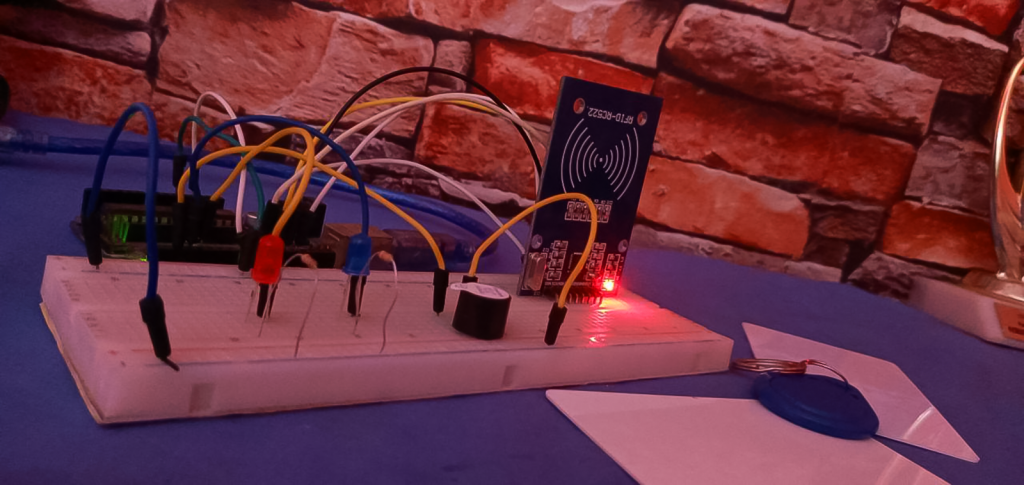The Astable mode of the 555 timer

From my previous post about the 555 timer, I made it clear that the 555 timer can be used to build 3 different kind of circuits because of the 3 modes it can operate in. Thus the monostable mode, the Bistable mode and the Astable mode. In this post we are going to shortly learn about what the 555 timer can do in the Astable mode, and actually build a simple circuit to get you going on your future mega projects.
If you are new to integrated circuits I recommend that you read my post on starting up with integrated circuits.
And if you know about ICs already but don’t know about the 555 timer IC do well to also read it so as not to get confused in this episode.
It’s simple, lets do this.
Whats the Astable mode?
If you look at the 555 timer IC, for example the NE555, pin 3 is its output pin. And we know from the previous article that it is a digital output.  Digital output hear means it can only output “1” as a HIGH bit and “0” as a LOW bit. So at anytime, just expect to see 1 or 0 at the output of the IC. Nothing in between!
Digital output hear means it can only output “1” as a HIGH bit and “0” as a LOW bit. So at anytime, just expect to see 1 or 0 at the output of the IC. Nothing in between!
Astable means “not stable” for short! But what is not stable? The output is not stable! yes that’s the answer. The IC is able to output 1 or 0, yes, but the condition in the Astable mode is that, it cannot remain in any of those 2 states indefinitely. The output will always be flickering and constantly toggling between 1 and 0. And the speed or time spent at each of the ends can be actually controlled by some parameters which will be explained soon.
So lets put words together: In the Astable mode, the 555 timer produces a pulsating signal at its output(pin 3) and this signal appears to be a rectangular wave.
This is a graph of what you will see on an oscilloscope if you read the signal at pin 3.  The signal moves from “0”, goes all the way to “1” without waiting at any intermediate point and comes back to “0” again without taking bends. It cant stay in any of the states for ever.
The signal moves from “0”, goes all the way to “1” without waiting at any intermediate point and comes back to “0” again without taking bends. It cant stay in any of the states for ever.
It looks like a disability but it is not. The amazing thing about the Astable mode is that, You can actually controll the time the pulse should stay at 1(HIGH) or the time it should stay at 0(LOW). In other words, the width of the pulses can be controlled and the phenomenon here is called Pulse width modulation(PWM).
- Generate very high frequency pulses
- Blink LEDs at any calculated time intervals
- Create a tones in your audio projects
- Control a motor to open and close a gate at specific time intervals.
- Build sensors
- Control the speed of your motors in your Robotics projects and many more.






Responses